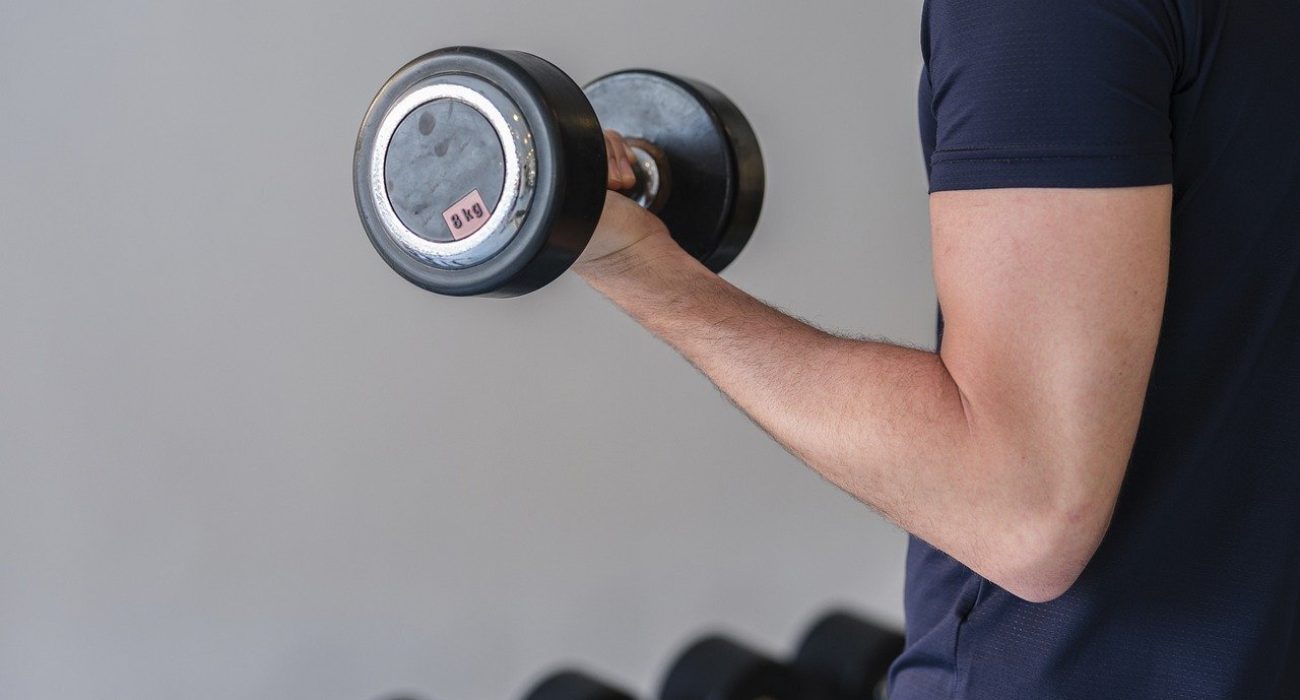How much exercise is enough?
We all know that exercise is important, but how much exercise is enough and what are the benefits?
The WHO (World Health Organisation) recommends that spread over one week:
Adults aged 16-64 years old should participate in:
- At least 150-300 minutes of moderate intensity physical activity, or
- At least 75-150 minutes of vigorous intensity physical activity, or equivalent of moderate/vigorous
- Two or more resistance based (muscle strengthening) activities, and
- Reduce sedentary behaviour where possible and replace it with the above recommendations
Adults aged 65 years and older should:
- Do the same as for adults, plus
- Functional balance and strength training 3 times or more, in order to reduce likelihood of falls.
**These recommendations may be different for individuals with chronic conditions or pregnant/postpartum women.
In order to achieve the above, it’s important to choose activity that interests and you and that you find enjoyable. Maybe it’s a walk, run or cycle along the Merri or Darebin creek, joining us for clinical or reformer pilates, walking your dog and throwing a ball, playing golf or a team sport or going to the gym, the options are varied and not limited to the above!
Doing these recommended levels of activity have the following benefits:
- Physical fitness – cardiorespiratory and muscular strength and endurance.
- Bone health – exercise helps to strengthen bones.
- Reduced risk for the following; hypertension, stroke, diabetes, coronary heart disease, depression and various types of cancer(including breast and colon cancer)
- Reduced risk of falls.
Unfortunately, despite these benefits, the WHO reports more than one quarter of the world’s population are not meeting the recommended amount of physical activity.
If you require more guidance about how much exercise is enough for you, or need help achieving your physical activity goals, our friendly Physiotherapists are available for exercise assessments. More information can be found here.
Reference:



